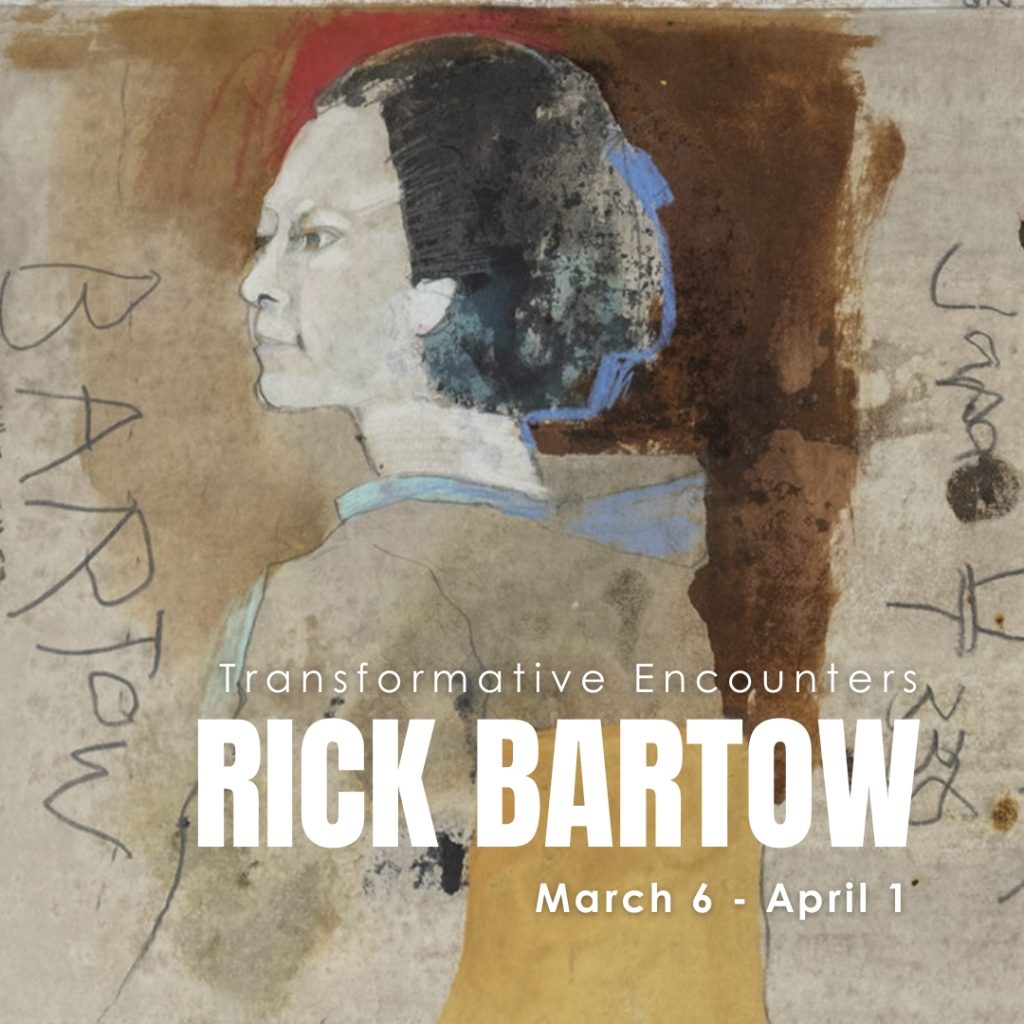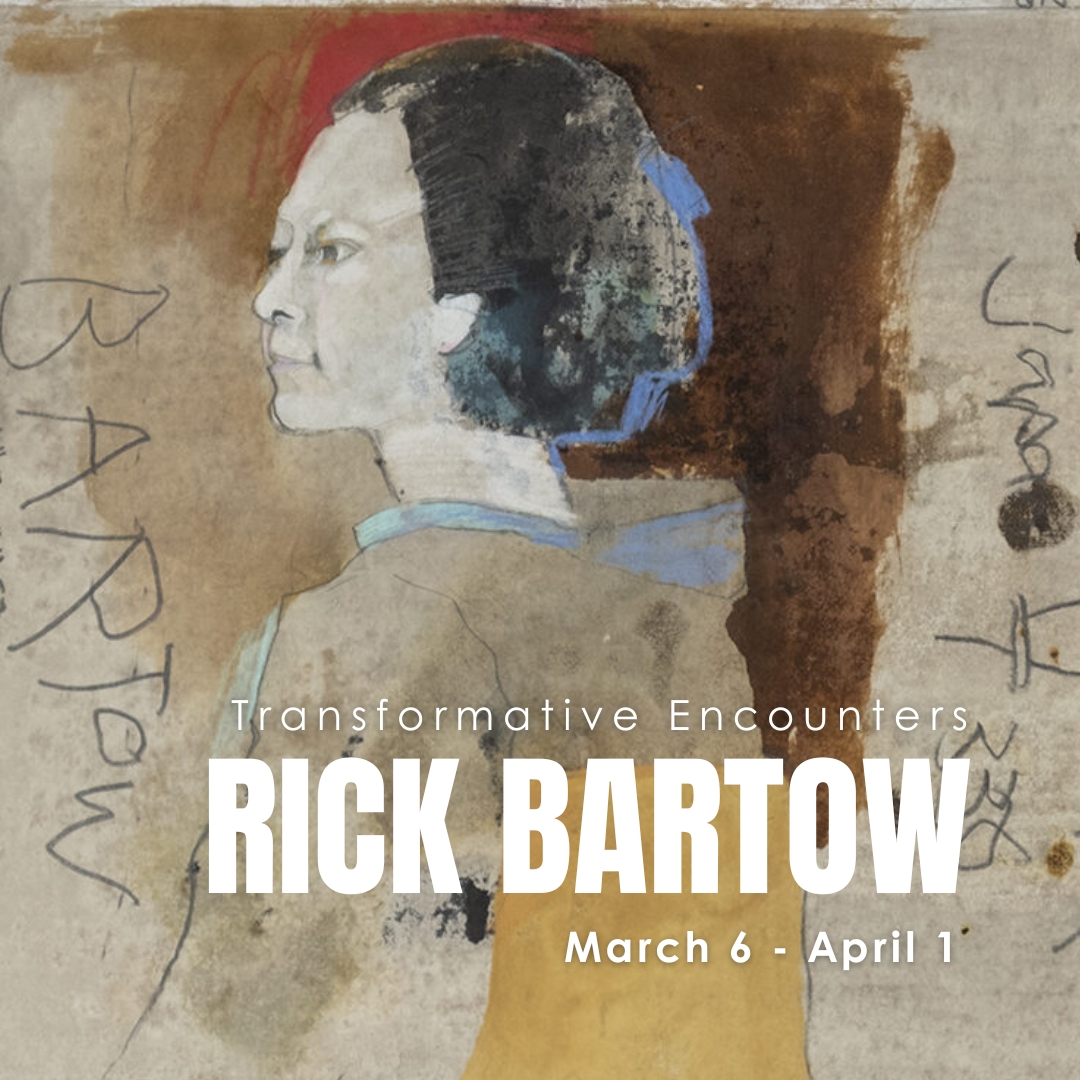
“Call for Artistic Expressions of Resistance from the River to the Bay”

Title: From the River to the Bay: Celebrating Palestinian Culture Through Art and Resistance in San Francisco
In the heart of San Francisco’s SOMArts Cultural Center, an evocative exhibition titled From the River to the Bay serves as a vibrant testament to resilience, human dignity, and cultural endurance. Curated by artist Chris Gazaleh and on display through March 30, the showcase features works by 11 Palestinian and pro-Palestinian artists, including Gazaleh himself, Hussam, Asma Ghanem, Ren Allathkani, Lucia Ippolito, and the Break the Silence Mural Project, among others.
Amid the backdrop of an ongoing humanitarian crisis in Gaza, with mounting global condemnation of Israeli policies — recently described by Amnesty International and Human Rights Watch as genocidal — this exhibition emerges not only as a powerful artistic statement but also as an act of cultural solidarity and resistance.
Art as Resistance, Not Just Expression
“The artists I included are friends and comrades,” said curator Gazaleh in an interview with Hyperallergic. “Not everyone is necessarily an activist, but they’re all involved in their communities and cultural representation. I think cultural representation, with the right intent and education, is just as important as political education.”
From large-scale murals to intimate graphite renderings, the show captures the multiplicity of Palestinian life — from daily moments to collective struggles — emphasizing humanity over headlines. It’s a timely response to increasing censorship faced by pro-Palestinian voices in the arts, especially in the United States.
A Legacy of Advocacy at SOMArts
SOMArts’s record of platforming Palestinian artists is not new. In 2005, they hosted Made in Palestine, the first comprehensive exhibition of contemporary Palestinian art in the United States, and more recently, they produced Bearing Witness and In Solidarity: Queer and Trans Artists for a Free Palestine.
Executive Director Maria Jenson explains that supporting such communities aligns directly with the space’s identity. “A cultural center is different from a museum or larger arts organization,” she said. “There’s a mandate to serve the broader community… We can’t go in a direction that feels watered down or safe.”
Highlights from the Exhibition
Chris Gazaleh’s flag-shaped installation featuring text by Refaat Alareer — the Gazan poet killed in an Israeli airstrike — pairs poetry and pencil drawings to create a lyrical and visual homage to lived Palestinian experiences. The piece proclaims, in Arabic, “If I die / you must live / to tell my story,” emphasizing storytelling as an act of preservation and defiance.
Another standout is the Break the Silence Mural Project’s archival photo of the 1990 mural “Our Roots Are Still Alive”. Originally painted in San Francisco’s Mission District, the mural featured Palestinian imagery and calls for liberation in multiple languages. It was repeatedly defaced during the Second Intifada and eventually enshrouded in plywood, a condition that underscores the volatility of public memory. Today, it lives only through documentation, such as the image on display at SOMArts.
Scenes of Everyday Life and Innocence
With quiet poignancy, filmmaker Diana Musa’s 2019 video “Sanarjiou (we will return)” juxtaposes the pastoral with the political. Scenes of olive harvesting and skateboarding thread through narratives of trauma, illustrating how ordinary life under occupation remains both beautiful and brutal.
Asma Ghanem’s acrylic triptych titled Palestinian Childhood anchors a domestic tableau. Painted scenes of watermelon gatherings and still-life dishes surround the central figure of a child on a tricycle. The child’s gaze — arresting and direct — becomes emblematic of the vulnerability and willfulness that define the Palestinian experience.
Interactive and Political Installations
Some pieces bridge artistic expression and participatory protest. Tarik Kazaleh offers a satirical installation that invites viewers to stamp the word “bullshit” on facsimiles of Israeli propaganda flyers — a repudiation of curated narratives in war messaging. SPIE ONE recreates a tent covered in banners and slogans recalling recent pro-Palestine student encampments across U.S. campuses, recalling acts of solidarity and civil disobedience.
A Call Beyond Art
For Gazaleh, the exhibition challenges artists and audiences to examine their own stances regarding oppression and injustice. “I’m hoping when this genocide is over — if that’s even possible — they’ll remember if they were silent or outspoken,” he said. His words are a challenge not only to creatives but to anyone parsing how to be human in a time of global trauma.
Susan Greene, founding member of Break the Silence, echoes this urgency: “The issue is not just free expression. The issue is humanity. Taking a stand on morality is what’s required.”
Conclusion
From the River to the Bay is more than an art exhibition; it is a cultural intervention that reclaims space for a people too often dehumanized in mainstream discourse. It reminds us that art can